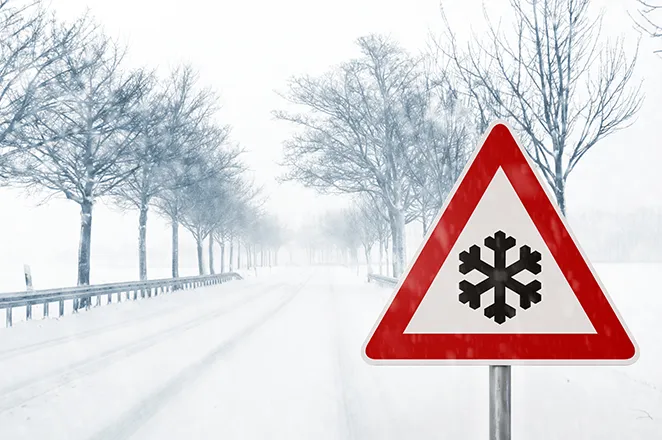
CDOT Encourages Motorists to Prepare Vehicles Now For Winter Driving
ROAD CONDITION/CLOSURE INFORMATION: To find the conditions and closures (including camera shots), log onto CDOT’s traveler information site at www.cotrip.org or call 511 from anywhere in the state. Better yet, sign up to receive CDOT Alerts to your email or mobile device (go to www.codot.gov and click the white envelope at the bottom of the page). Watch for periodic winter driving photos on our Facebook page and follow us on Twitter @ColoradoDOT.
During a winter storm, CDOT maintenance crews are on standby for round-the-clock patrol shifts. Maintenance area crews are out on 24-hour operation—typically on rotating 12-hour shifts—until they reach dry road conditions. This means that during a storm, at least half the crew members on each patrol are out at any given time, some overlapping their shifts to keep coverage consistent. And, when warranted, avalanche control crews are working together with forecasters to trigger avalanches before they can run naturally.
Motorists should be aware the Traction Law (Code 15) and Passenger Vehicle Chain Law (Code 16) could be implemented if conditions require it. When either law is in effect, highway signage will be activated.
· Traction Law — Motorists will need snow tires, tires with mud/snow (M/S) designation, or a four-wheel drive vehicle — all tires must have a minimum one-eighth inch tread.
· Passenger Vehicle Chain Law — Every vehicle on the roadway must have chains or an alternative traction device (like AutoSock).
Without proper equipment, you can be fined $130. If your vehicle blocks the roadway, you could be fined more than $650.
“We encourage motorists to slow down and drive for the conditions,” said Mike Goolsby, CDOT Maintenance Superintendent for Section 2, “especially when approaching our plow trucks, take it slow and give our plows room to work.”
“Motorists should check the tread on their tires before heading into winter weather in the event the traction law or passenger vehicle chain law is implemented.,” stated Mark Eike, Maintenance Superintendent for Section 6 in Craig. “Motorists who have taken the time to prepare their vehicles for winter weather will have a much better time navigating the conditions that change so rapidly.”
More Tips:
· The public can view snow plow locations on any device by clicking http://cotrip.org/snowplow.htm#/snowplow (also see upper right hand corner ofcotrip.org menu). Using this information, motorists will be able to see plows’ current locations, their travel speed and direction they are traveling. Plows that have not moved for more than 16 minutes will not be visible.
· Always keep the top half of your gas tank full. It can give you better traction and gives you a bigger margin of error if you get stuck and have to keep the engine running periodically to keep warm.
· If you are stuck in a serious storm do not leave your car. Run the engine periodically and wait for help.
· Carry blankets, water, a flashlight, a shovel, some nutrition bars or other food for sustenance. Winterize your vehicle's safety kit by including extra blankets, sand to help gain traction in the event you become stuck on ice or snow, jumper cables, an ice scraper and lock deicer.
· Remember that 4-wheel drive does not mean 4-wheel stop. A 4-wheel drive vehicle will not stop any better in icy conditions, especially if you have inadequate snow tires.
· Drive for the conditions. In poor visibility or even whiteout conditions, don't drive faster than you can see ahead. High speeds in poor or no visibility can lead to large chain reaction accidents.















